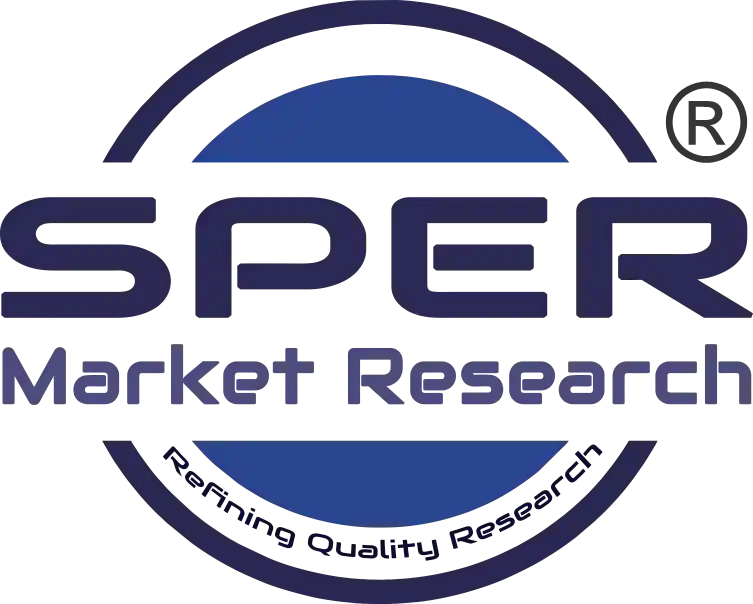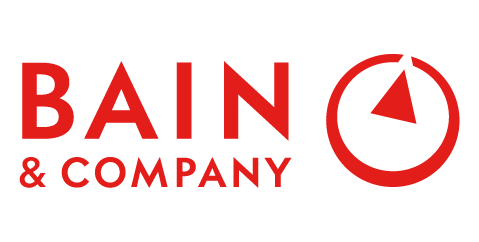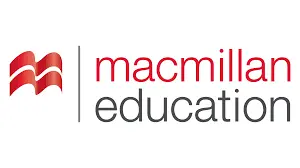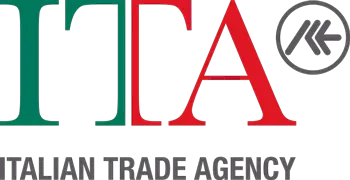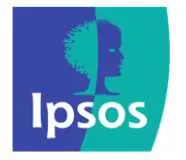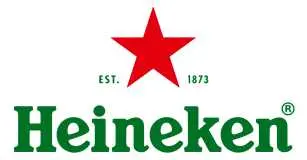
Global Thermal Ceramic Market Insights, Size and Growth Forecast To 2027
Global Thermal Ceramic Market by Type (Ceramic Fibers, and Insulating Firebricks), By Temperature Range (650–1,000○C, 1,000–1,400○C and 1,400–1,600○C), By End-Use Industry (Chemical & Petrochemical, Mining & Metal Processing, Manufacturing and Others) and By Region (North America, Europe, Asia Pacific, South America, and Middle East & Africa), Global Forecast to 2027
| Published: Apr-2020 | Report ID: CHEM2011 | Pages: 1 - 124 | Formats*: |
| Category : Chemical & Materials | |||
- Overview of key market forces restraining and propelling market growth.
- Provide demand, current & past status & also the forecasting up to 2027.
- Provide complete overview including, type, temperature range and end-user industry & forecast region.
- Provide focused analysis of key service providers with their market share & also help to identify market competition landscape with SWOT analysis.
- Historical, current, and projected market size in terms of value.
- Analyse the global & regional potential market, advantages, risk & opportunity.
- Identify significant factors and trends driving or inhibiting the market growth.
- In-depth coverage of the complete market in terms of supplier, buyer, price, trend, growth & forecasting.
- Ceramic Fibers
- Insulating Firebricks
- 650–1,000○C
- 1,000–1,400○C
- 1,400–1,600○C
- Chemical & Petrochemical
- Mining & Metal Processing
- Manufacturing
- Others
- Market Segments
- Market Dynamics
- Brands in Market
- Market Size
- Current Trends/Issues/Challenges
- Competition & Companies Involved
- Forecasting
- Technology
- North America (Canada, US, Mexico, & Rest of North America Available)
- Asia-Pacific (China, India, South Korea, Japan & Rest of Asia Pacific Available)
- Europe (Germany, Spain, France, United Kingdom & Rest of Europe Available)
- Central & South America (Brazil, Argentina & Rest of South America Available)
- Middle East & Africa (GCC Countries, South Africa, & Rest of MEA available)
- Morgan Thermal Ceramics
- Unifrax
- IBIDEN
- Isolite Insulating Products
- Luyang Energy-Saving Materials
- RHI Magnesita
- Rath
- Mitsubishi Chemical Corporation
- 3M
- YESO Insulating Products
- Other Prominent Players
4.1. Introduction4.2. Market Dynamics
4.2.1. Drivers4.2.2. Restraints4.2.3. Opportunities4.2.4. Challenges
4.3. COVID-19 Impact of the Thermal Ceramic Market4.4. Market Trends
5.1. Ceramic Fibers5.2. Insulating Firebricks
6.1. 65-1000° C6.2. 1000-1400° C6.3. 1400-1600° C
7.1. Chemical & Petrochemical7.2. Mining & Metal Processing7.3. Manufacturing7.4. Others
8.1. North America
8.1.1. US8.1.2. Canada
8.2. Europe
8.2.1. Germany8.2.2. UK8.2.3. France8.2.4. Italy8.2.5. Spain8.2.6. Rest of Europe
8.3. Asia-Pacific
8.3.1. China8.3.2. Japan8.3.3. India8.3.4. Rest of Asia-Pacific
8.4. Rest of the World
8.4.1. Latin America8.4.2. Middle East & Africa
9.1. Introduction9.2. Market Share Analysis, By Key Players (2019)9.3. Competitive Scenario
9.3.1. Product Launches9.3.2. Partnerships, Collaborations and Agreements9.3.3. Acquisitions9.3.4. Expansions9.3.5. Other Developments
10.1. 3M10.2. IBIDEN10.3. Isolite Insulating Products10.4. Luyang Energy-Saving Materials10.5. Mitsubishi Chemical Corporation10.6. Morgan Thermal Ceramics10.7. Rath10.8. RHI Magnesita10.9. Unifrax10.10. YESO Insulating Products
SPER Market Research’s methodology uses great emphasis on primary research to ensure that the market intelligence insights are up to date, reliable and accurate. Primary interviews are done with players involved in each phase of a supply chain to analyze the market forecasting. The secondary research method is used to help you fully understand how the future markets and the spending patterns look likes.
The report is based on in-depth qualitative and quantitative analysis of the Product Market. The quantitative analysis involves the application of various projection and sampling techniques. The qualitative analysis involves primary interviews, surveys, and vendor briefings. The data gathered as a result of these processes are validated through experts opinion. Our research methodology entails an ideal mixture of primary and secondary initiatives.
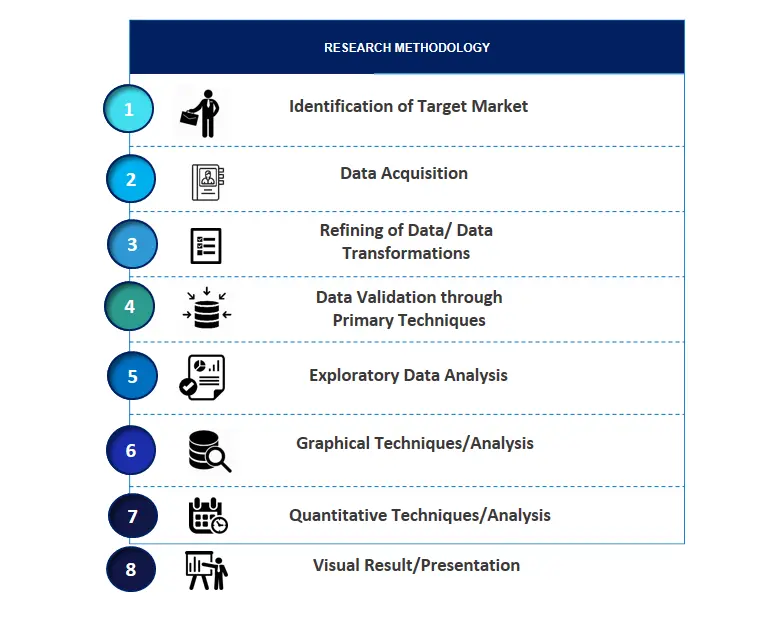
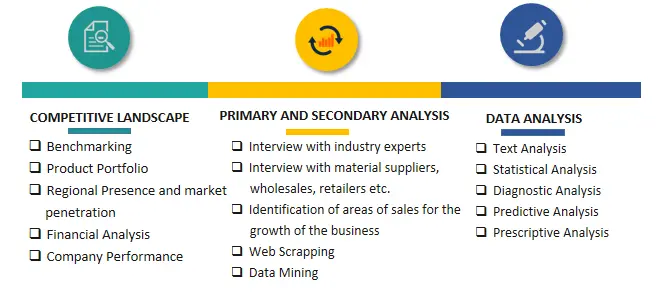

Frequently Asked Questions About This Report
PLACE AN ORDER
Year End Discount
Sample Report
Pre-Purchase Inquiry
NEED CUSTOMIZATION?
Request CustomizationCALL OR EMAIL US
100% Secure Payment
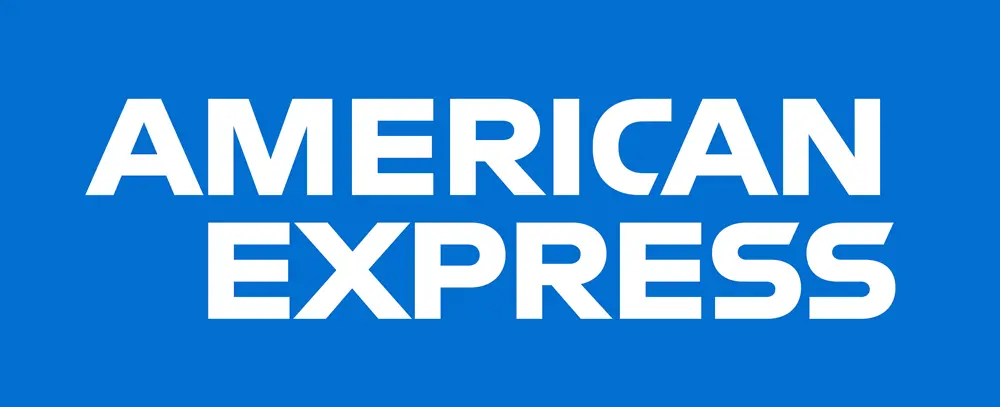





Related Reports
Our Global Clients
Our data-driven insights have influenced the strategy of 200+ reputed companies across the globe.
